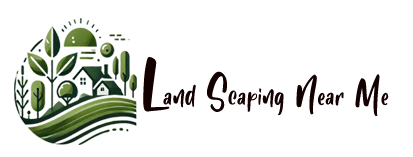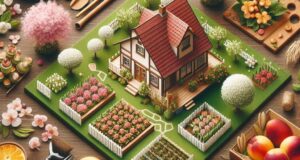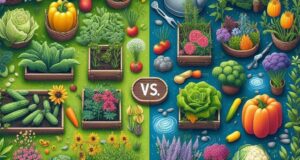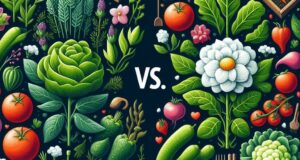A garden is more than just a patch of greenery—it’s a living masterpiece, a place of tranquility, and, in some cases, a source of fresh produce. However, the layout and design of a garden depend largely on whether it is intended for flowers or vegetables. Each type has its own unique requirements, from space and sunlight needs to maintenance and aesthetics.
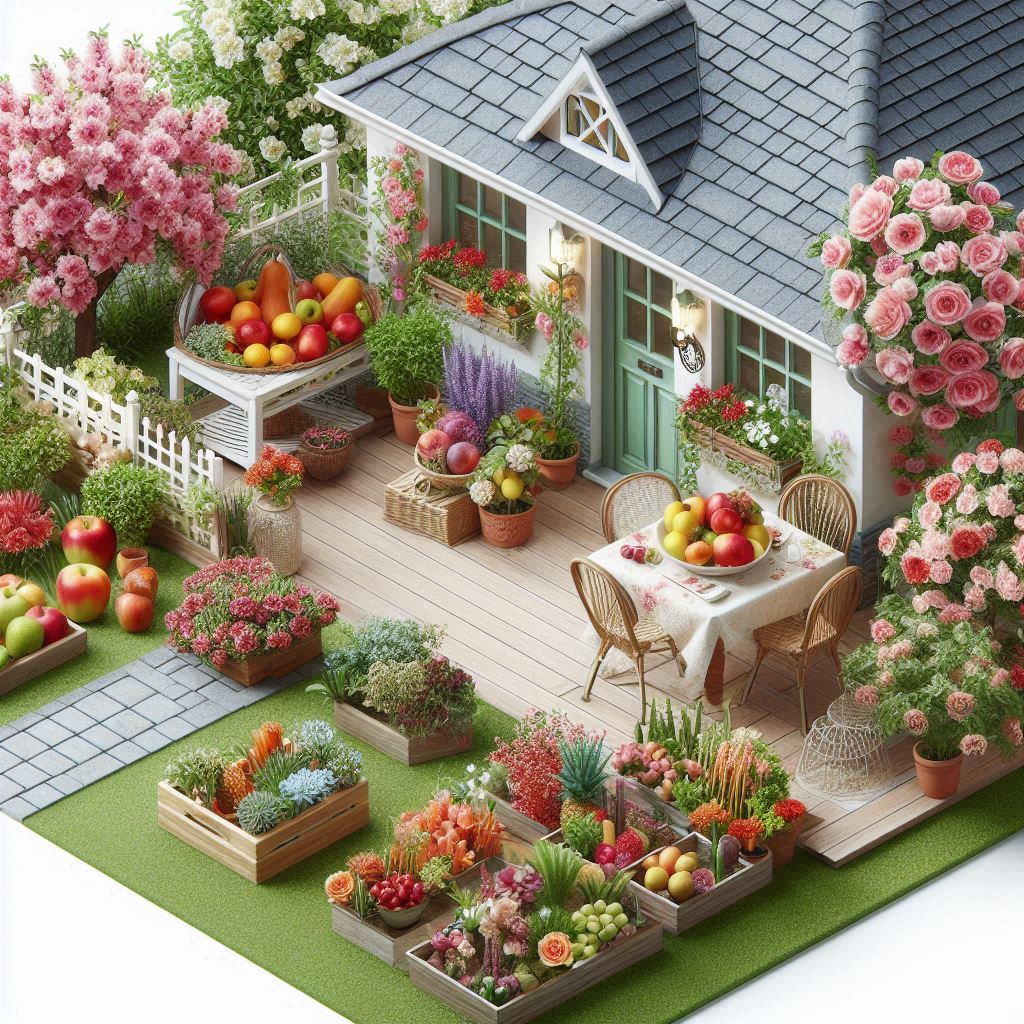
If you’re considering enhancing your outdoor space, finding the best landscapers near me can help you design a beautiful and functional garden that meets your preferences. Below are four key differences between flower and vegetable gardens to help you make the right decision.
1. Space Requirements: Expanding Growth vs. Compact Beauty
One of the first considerations when choosing a garden layout is how much space each type of plant requires.
Vegetable Garden Space:
- Needs a larger growing area to allow plants to spread.
- Requires well-planned rows or raised beds for easy access and harvesting.
- Some crops, like tomatoes or beans, need vertical structures for support.
Flower Garden Space:
- Can thrive in small, compact areas, including balconies, patios, or windowsills.
- Works well in clustered arrangements, where plants are placed closer together for a fuller look.
- The best landscapers near me can help design flower gardens in limited spaces without compromising beauty.
If you have a small outdoor area, a flower garden might be the better choice, while a larger yard is ideal for vegetables.
2. Sunlight Needs: Direct Exposure vs. Shade Adaptability
Another crucial difference between flower and vegetable gardens is their dependence on sunlight.
Vegetable Garden Sunlight:
- Requires at least 6 hours of direct sunlight daily for healthy growth.
- Some vegetables, like lettuce and spinach, tolerate partial shade, but most need full sun.
- If your garden doesn’t receive enough sunlight, professional landscapers near me can suggest shade-tolerant crops or strategic placement.
Flower Garden Sunlight:
- Can flourish even in partially shaded areas.
- Some flowers, like ferns and hydrangeas, thrive in low light, while others, like roses and sunflowers, prefer full sun.
- A well-designed flower garden can add life to areas that lack direct sunlight.
If your yard is shaded, a flower garden might be the best option. For sunny spaces, a vegetable garden will yield better results.
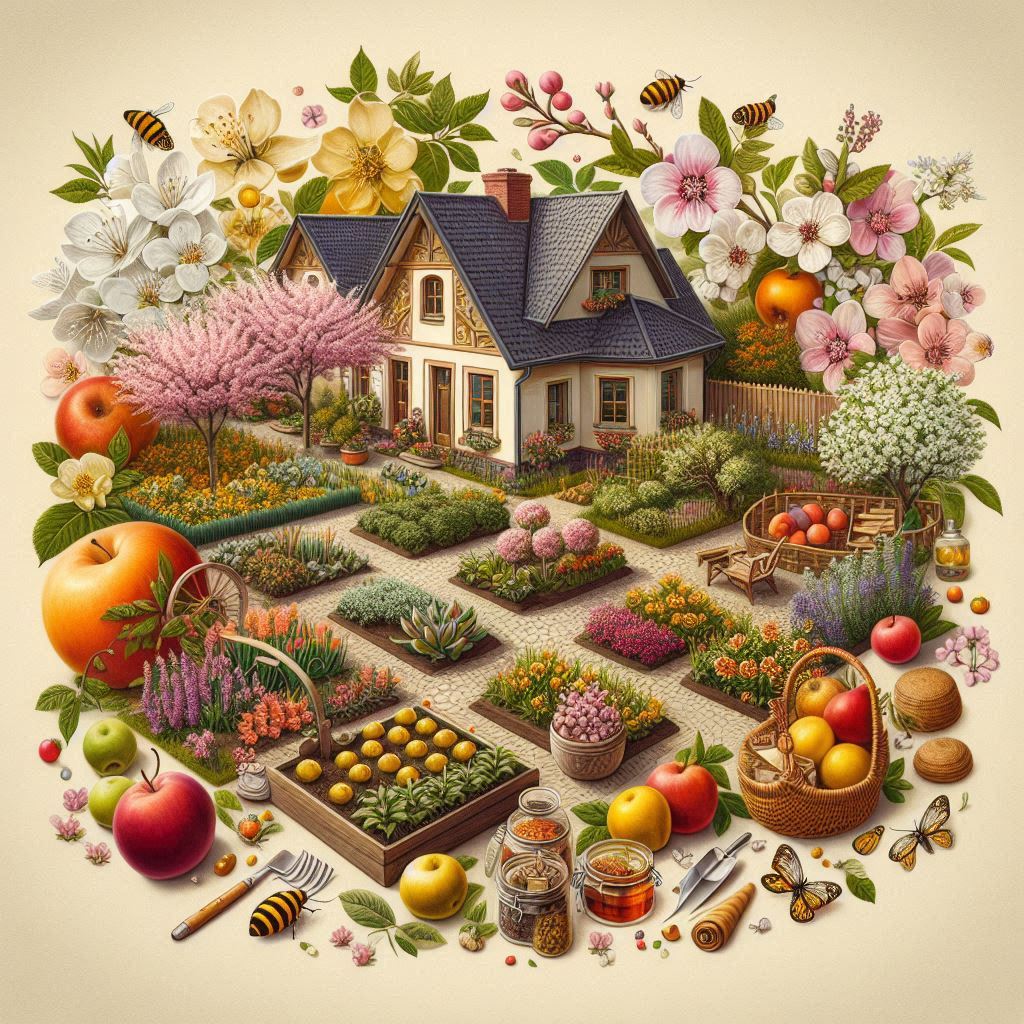
3. Layout: Structured Design vs. Free-Flowing Patterns
The way plants are arranged in a garden depends on whether it is functional or decorative.
Vegetable Garden Layout:
- Typically arranged in neat, organized rows or raised garden beds.
- Requires spaced-out planting to allow for root growth and airflow.
- Often incorporates companion planting to improve yield and deter pests.
Flower Garden Layout:
- Designed in natural curves and clusters for a visually appealing effect.
- Focuses on layering, with taller flowers at the back and shorter ones in the front.
- Includes decorative elements like garden paths, fountains, or pergolas for added charm.
If you want a structured, productive garden, a vegetable layout is ideal. If you prefer an aesthetic, artistic approach, a flower garden is the better choice.
4. Maintenance: Frequent Care vs. Effortless Beauty
The level of effort and time you can dedicate to your garden is also an important consideration.
Vegetable Garden Maintenance:
- Requires regular watering, weeding, fertilizing, and pest control.
- Needs seasonal replanting, as most vegetables are grown in cycles.
- Demands continuous monitoring to ensure crops remain healthy and productive.
Flower Garden Maintenance:
- Once established, many flowers require minimal upkeep.
- Perennials bloom every year with occasional pruning and watering.
- Some flower gardens benefit from mulching, which helps retain moisture and suppress weeds.
If you have limited time for gardening, a flower garden is a low-maintenance option. However, if you enjoy gardening and want fresh produce, a vegetable garden is worth the effort.
Which Garden is Right for You?
Choosing between a vegetable or flower garden depends on your space, sunlight, layout preference, and maintenance ability.
- For beauty and low maintenance, go for a flower garden.
- For functionality and fresh produce, opt for a vegetable garden.
- For a combination of both, consider a mixed garden design with help from the best landscapers near me.
By working with expert landscapers, you can create a thriving outdoor space that suits your needs—whether it’s filled with vibrant blossoms or homegrown vegetables.
